Graham Reid | | 3 min read
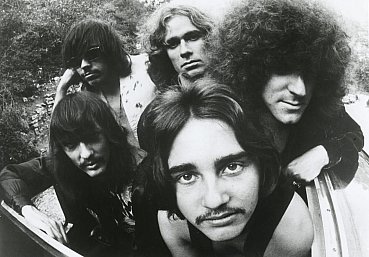
Of the very few people I know who have Steppenwolf albums, none have any other than the three I have owned: their self-titled debut (which featured Sookie Sookie, Born to be Wild and The Pusher); The Second (which included Magic Carpet Ride) and this, their first live album, which was a double of course and had all those hits, most of them stretched out a bit.
No one seemed to have their third and pretty ordinary album At Your Birthday Party or their fourth, Monster, which included that title track, Draft Resister, Power Play, the instrumental Fag (?) and From Here to There Eventually.
Oh, but dozens if not hundreds of people had the Easy Rider soundtrack which featured The Pusher and Born to be Wild.
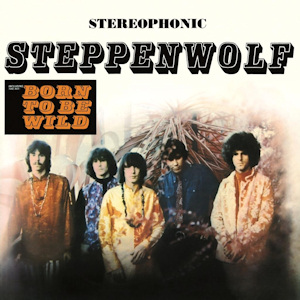 It's hard to imagine a better pair of songs to establish Easy Rider than The Pusher (as Peter Fonda's Captain America sells drugs to the shady dealer played by Phil Spector) and that open throttle excitement and acceleration when the opening credits roll as Captain America and Billy head out on the highway in search of America.
It's hard to imagine a better pair of songs to establish Easy Rider than The Pusher (as Peter Fonda's Captain America sells drugs to the shady dealer played by Phil Spector) and that open throttle excitement and acceleration when the opening credits roll as Captain America and Billy head out on the highway in search of America.
But after that live album – recorded at various venues and which actually isn't live in places – there seemed diminishing returns and the band broke up (not for the first or last time) and we all just kinda lost interest.
Although they carried on and on with an enormous number of members around the pivotal figure of singer/guitarist John Kay they seemed to be a band best enjoyed in retrospect.
Although they were of the hippie era they rarely seemed part of it, even the slightly trippy Magic Carpet Ride penned by Kay seemed more grounded on the dragstrip and the mean streets rather than taking off on a cosmic ride (organist Goldy McJohn's parts excepted).
Their tough cover of Hoyt Axton's The Pusher (which Kay had seen Axton perform at the Troubadour) and Born to be Wild written by Dennis McCrohan (credited as Mars Bonfire, a member of the pre-Steppenwolf band the Sparrows back in Canada) were their defining moments.
Born to be Wild was beloved everywhere but especially – understandably – in biker circles where it became an identifiable anthem. And increasingly that seemed to be the audience that the articulate and thoughtful Kay – in muscle shirts and shades – was happy to embrace.
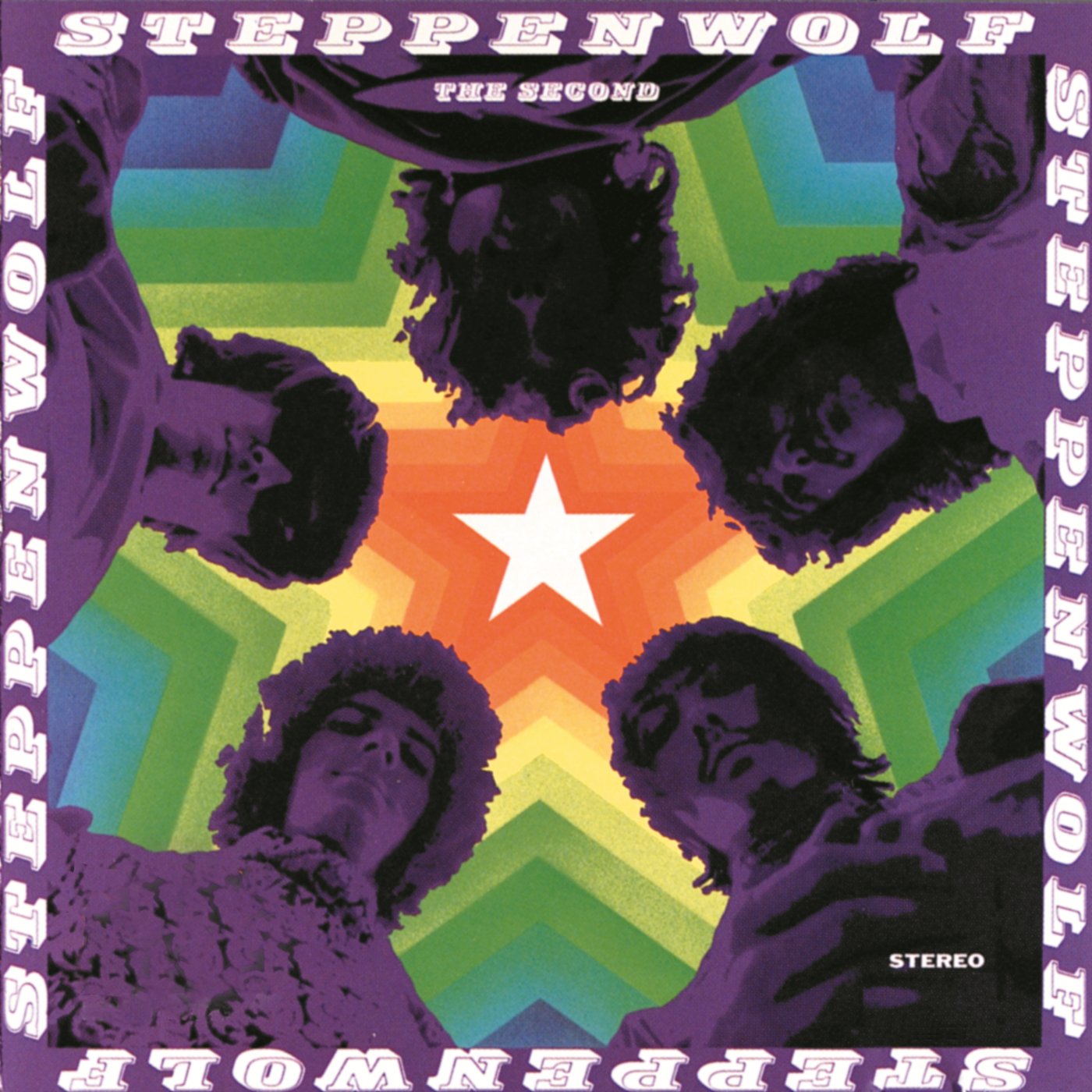 They might have taken their name from the Herman Hesse novel but it was more the “wolf” aspect of the book than the existential aspects.
They might have taken their name from the Herman Hesse novel but it was more the “wolf” aspect of the book than the existential aspects.
As an immigrant child -- whose mother fled Poland to Canada -- Kay later moving to the US. He was a child of the rock'n'roll generation who embraced the freedom that it enabled and allowed.
Within reason, as he was always quick to point out.
Recorded at the height of anti-war protest and the Nixon era, Live throws in Don't Step on the Grass Sam (about Nixon's anti-drug campaign which effectively shut the border with Mexico for reasons other than marijuana), Monster which takes an optimistic approach to making positive change, the dark hard-pop of Draft Resister and individual freedom (Power Play)
Kay's Tighten Up Your Wig which closes the first side is little more than Messing with the Kid, a terrific Chicago blues song by Junior Wells with Buddy Guy and after that things pall quite a bit: Corrina Corrina is the old folk ballad done in the studio and dropped in at the start of the third side to leaven the hard rock, but with “live applause” added. Twisted which follows is a stolid blues piece with slide and the kind of vocal treatment Peter Frampton would later do to greater effect. It too is a studio recording.
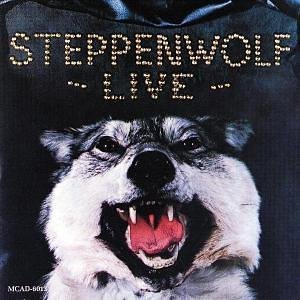 No less so than George Thorogood a decade or so later, Steppenwolf became sometimes a dogged rather than inspired live act.
No less so than George Thorogood a decade or so later, Steppenwolf became sometimes a dogged rather than inspired live act.
Live has at least a part of that shortcoming, dragged down at its centre by those songs from Monster like Kay's Draft Resister, Power Play and From Here to There Eventually which are barely saved by the band because Kay's vocal range is limited and declamatory.
The final side opens with another “live” song (the track listing on the album places it last) which is the ordinary Hey Lawdy Mama but then it is a home run round the bases: an exciting and pounding Magic Carpet Ride, a wonderfully grinding Pusher and, of course, the impossible to dislike Born to be Wild.
It's a double album which feels very long.
As a collection, Live would have been more convincing as a single record (just sides one and four of the original).
But the double live was the currency of the day after four studio albums, right?
.
You can hear this album on Spotify here
.
Elsewhere occasionally revisits albums -- classics sometimes, but more often oddities or overlooked albums by major artists -- and you can find a number of them starting here

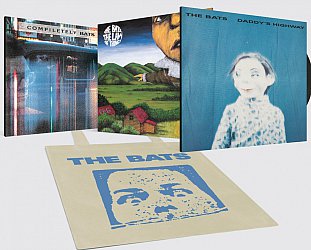
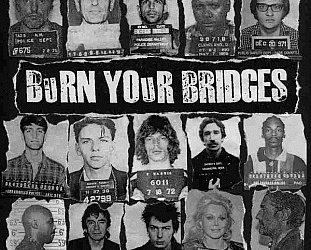
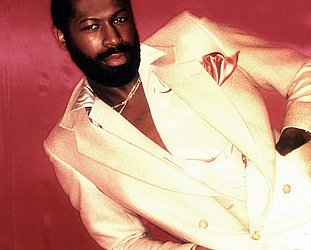
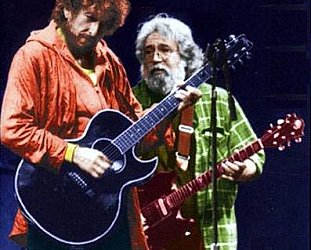

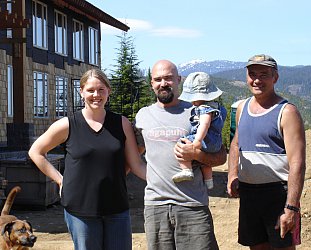
Graham Dunster - Sep 16, 2020
The only one I ever owned was At Your Birthday Party, but only played it once. The idea of them is great - ably supported by their involvement in 'Easy Rider' (I remember sneaking out of school early to go and see it at Piccadilly Circus, that was a trip) - but the reality, not so much, other than those singles! GRAHAM REPLIES: How odd, I too saw Easy Rider at a cinema in Piccadilly (1969) and it was winter and bitterly cold. The film made a bigger impact when I got back to NZ for summer and all my friends had bought motorbikes.
SavePeter - Sep 24, 2020
Try Steppenwolf 7. John Swenson (Rolling Stone) gave it one star many years ago; similarly Robert Christgau gave it C- in his guide. I give it B+. I'd like to write more but I keep getting roboted out by reCaptcha before I can finish.
Savepost a comment